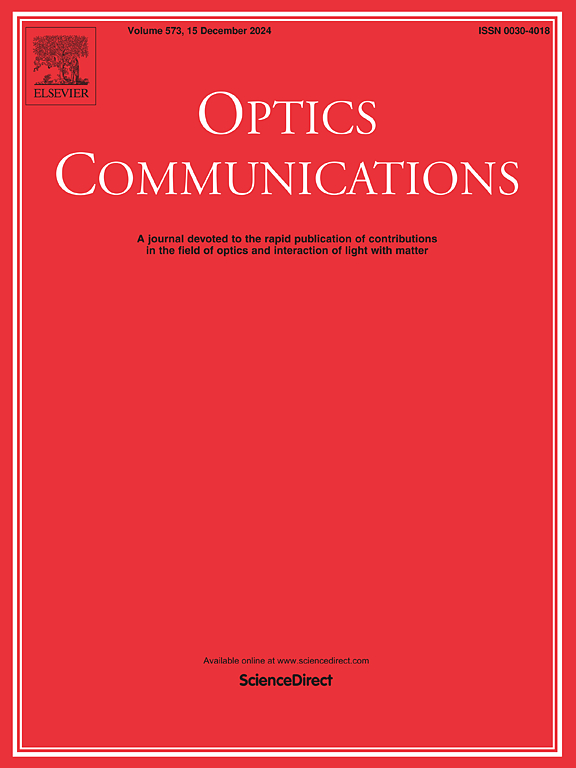Visible light channel modeling and application in underground mines based on transformer point clouds optimization
IF 2.2
3区 物理与天体物理
Q2 OPTICS
引用次数: 0
Abstract
In the unique environment of mines, the low sensitivity of point cloud acquisition cameras often results in incomplete wall point cloud data. Direct application of this data to channel models can result in significant positioning errors. To address this issue, this paper proposes a DRC-PoinTr deep 3D point cloud optimization model that integrates denoising, registration, and completion (denoising, registration and completion, DRC). To evaluate the impact of wall integrity on visible light positioning, this study creates a wall point cloud dataset that includes real application environments. The DRC-PoinTr model was employed to train the dataset, optimizing the wall point cloud data collected in real-world environments. Then, the triangular mesh of the wall's reflective surface was generated using the Delaunay triangulation approach, and the triangulated wall was applied to the visible light channel model to simulate power distribution under different conditions. Subsequently, the impact of wall optimization on visible light positioning was analyzed. The results showed that in a simulated space of 3 m × 4 m × 2 m, the average received power of the channel model after wall optimization increased by more than 60% compared to the unoptimized model. Furthermore, visible light positioning simulation experiments were conducted based on the optimized channel model. The results demonstrated that the optimized wall channel model achieved a root mean square positioning error of approximately 2 cm, satisfying the positioning accuracy requirements for underground mining environments. Finally, we performed visible light positioning experiments in a real mining environment, demonstrating the process of applying actual measured optical power data for positioning.
求助全文
约1分钟内获得全文
求助全文
来源期刊

Optics Communications
物理-光学
CiteScore
5.10
自引率
8.30%
发文量
681
审稿时长
38 days
期刊介绍:
Optics Communications invites original and timely contributions containing new results in various fields of optics and photonics. The journal considers theoretical and experimental research in areas ranging from the fundamental properties of light to technological applications. Topics covered include classical and quantum optics, optical physics and light-matter interactions, lasers, imaging, guided-wave optics and optical information processing. Manuscripts should offer clear evidence of novelty and significance. Papers concentrating on mathematical and computational issues, with limited connection to optics, are not suitable for publication in the Journal. Similarly, small technical advances, or papers concerned only with engineering applications or issues of materials science fall outside the journal scope.
 求助内容:
求助内容: 应助结果提醒方式:
应助结果提醒方式:


